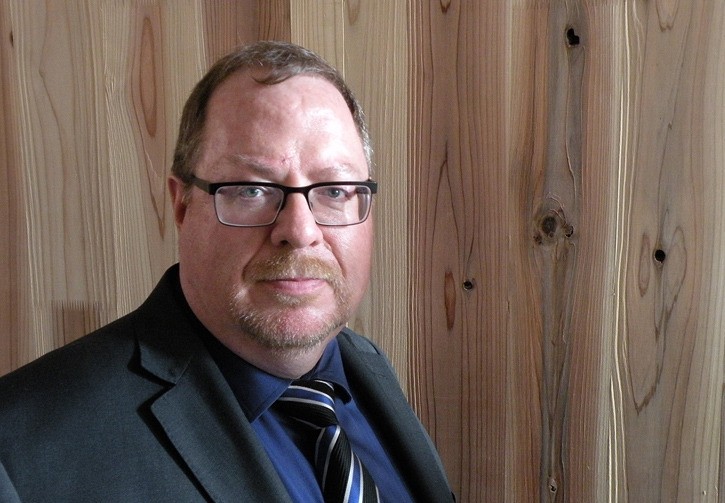One of a series of articles on the future of the B.C. forest industry. You can find the rest of the series in the links below or by searching for the hashtag #BCForestFuture on Facebook or Twitter.
TOKYO – Which B.C. forest products company was first to sell two-by-fours to the picky buyers of Japan? How about high-grade wood pellets for home heating in Italy?
It was Nechako Lumber, a privately owned forest products company in the northwestern B.C. community of Vanderhoof, says CEO Alan Fitzpatrick. And he has other examples of where his small company with a timber supply of small trees blazed a trail for bigger producers to compete on the world stage.
Skinny pine trees turned out to have an advantage, Fitzpatrick said in an interview during the recent B.C. forest industry trade mission to Japan and China. Japanese builders have insisted on only the finest wood for centuries, and Nechako has long been a brand of choice.
“Even though the pine is a small profile, it’s literally old growth pine,” he said. “The rings are very close together. They could be 120-year-old trees but only six inches wide, so they make a very good product with very little twist or bow, for the Japanese market.”
Milling small logs had its own challenges, leading the company to refine its sawmill and planer operations. But the results were good enough that every piece of prime lumber they produced was selling to Japan.
When the B.C. Interior was hit with the biggest mountain pine beetle epidemic on record, Nechako improved its optical log scanning to cut dry wood while avoiding the cracks that weaken dimensional lumber. A planer that pulls dry lumber through rather than pushing it and causing breakage also helped the operation’s efficiency.
“As far as we know, and we check once a year or so, it’s the fastest planer in the world,” Fitzpatrick said. “We’ve had visits from New Zealand, Japan, China, taking a look at our technology.”
Nechako dispensed with its beehive burner two decades ago, using bark as fuel for its dry kiln and chips and sawdust for pellets. Its subsidiary Premium Pellet was one of the first biofuel pellet producers in North America, and recently won certification to supply home heating pellets for Italy.
They must be bark and dust-free, for consistent feeding and clean burning in pellet stoves. Lower-grade pellets are sold to European industry to reduce their coal consumption.
It’s been one shock after the other for the B.C. forest industry, from pine beetle to the U.S. housing market collapse to the latest round of American trade action. Sales to China carried B.C. producers through the financial crisis that hit in 2009, mostly lower-grade lumber to use for concrete forms. Now China is beginning infill wall construction for large buildings to cut concrete use, and building resorts with the western look of engineered wood.
“That’s why these trade missions are so important,” Fitzpatrick said. “In Japan, it’s important for industry to lead and the [forests] ministry to support. But in the China markets it’s the exact opposite. The government leads and we support them. It’s just a difference in culture.”

B.C. Forests Minister Steve Thomson (left), deputy minister Tim Sheldan, Nechako Lumber CEO Alan Fitzpatrick and B.C. Asia trade representative Ben Stewart tour a wood infill wall project at Nanjing Tech University, China, Dec. 4, 2016.

